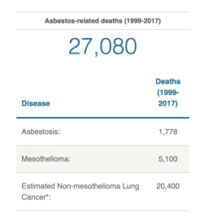The California Department of Food and Agriculture (CDFA) is planning on placing twist ties in the area around the two insect finds to control the spread of the light brown apple moth.
Before this is done, in the near future, according to Stefan Parnay, Division Manager of the Sonoma Agricultural Commission, they will be doing informational out-reach, holding an open house in the near future where the community can come and find out about the treatment plan, and then they will send notices by mail to those residents in the proposed treatment area.
The current quarantine area covers 15 sq miles. The twist ties will be placed in an area covering 200 meters around each of the two insect finds.
So far, there is no discussion of aerial spraying. “The CDFA would lead on the eradication program,” he said, “and they have said that the only plan is to use twist ties. There’s been no mention of spraying.”
Before spraying, the California Environmental Quality Act (CEQA) requires an environmental impact report. However, in other counties, the CDFA has bypassed this critical review process and the emergency this pest represents has yet to be proved.
According to Dr. James Carey, an Entomologist with UC Davis, in court testimony given in U.S. District Court for the Northern District of California on November 14, 2007, the LBAM has been present in California for up to three decades, and has shown no history of crop damage.
In its native New Zealand, where the moth has been present for many decades, aerial pesticide spraying for the moth was discontinued because it did not eradicate the pest, and a program of least toxic and most natural methods of pest management has proven successful in pest control.
A Santa Cruz County Superior Judge recently ruled that aerial spraying to control the LBAM could not continue, and that the state had not provided sufficient evidence of an emergency and must complete an environmental impact review before spraying can resume.
Twenty-three cities and counties, from Santa Cruz to San Francisco to Mill Valley, and now including the City of Sonoma, have passed resolutions asking for a moratorium on aerial spraying.
No spray planned for apple moth
More from NewsMore posts in News »




